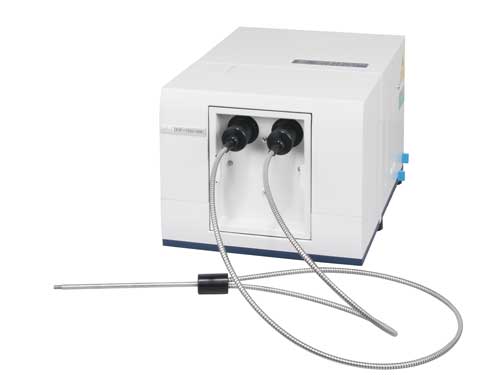
RTX Service Accuracy 95% Convergence time CenterPoint® RTX™ HRMS < 4cm, VRMS < 9cm < 30 minutes < 5 minutes with Quick Start* GNSS Performance in Real-Time RTK: 8 mm + 1 ppm HRMS 15 mm + 1 ppm VRMS DGPS: 25 cm + 1 ppm HRMS 50 cm + 1 ppm VRMS GNSS Performance in Post-Processing Static: 3 mm ppm HRMS 5 mm ppm VRMS High-precision static: 3 mm ppm HRMS 3.5 mm ppm VRMS High Precision Static: long base-lines, long occupations, precise ephemerides.ĬenterPoint® RTX capable Real-time ambiguity fixing, PPP positioning service for static and kinematic applications True Multi-GNSS service: GPS, GLONASS, QZSS, (BeiDou) Available through Internet and Satellite Delivery (L-Band) * RTX Quick Start availability to be confirmed Quick Start implementation is not yet fully operational across all Trimble products. Only particular market player can use alike solutions. RTK with Long-Range Bluetooth: Unique technology in the Trimble and competition world. The ‘power’ of L1 GPS+SBAS RTK and L1 GPS+GLONASS RTK is approximately the same. From the point of L1 RTK performance, two extra SBAS satellites do the same job as three extra GLONASS s satellites. The GPS+SBAS RTK technique is similar to GPS+GLONAS L1 RTK technique. SBAS gives extra GPS-like measurements, which improve Satellite geometry and allow achieving cm level accuracy faster compared to GPS only case. L1 RTK solution allows using SBAS measurements in RTK process, thus making it a true GNSS technology. SBAS in RTK?: When speaking about Fixed RTK, one is usually interested in time needed to fix carrier ambiguity and achieve cm level solution insuring at the same time preset reliability. SP80 was the first receiver in the industry which provided that functionality.

RTCM 3.2 is capable of delivering the information for more constellations. All the previous versions of RTCM like 2.3 and 3.0/3.1 were able only to deliver the corrections of 2 constellation.

Important: RTCM 3.2 is the first standardized format which allows delivery of the corrections for more than just GPS+GLONASS. The unique GNSS-centric capability optimally combines GNSS signals without dependency on any specific GNSS system allowing operations in GLONASS-only or BeiDou-only mode if needed. Exclusive Z-Blade processing technology running on a next generation Spectra Precision 240-channel 6G ASIC fully utilizes all 6 GNSS systems: GPS, GLONASS, BeiDou, Galileo, QZSS and SBAS.


Jasco spectra manager installation procedure Bluetooth#
SP60 is designed to be used for every-day jobs.Ĥ GNSS Specification Unique 6G GNSS-centric technologyĮxclusive Z-Blade processing technology Spectra Precision 240-channel 6G ASIC 6 GNSS systems: GPS, GLONASS, BeiDou, Galileo, QZSS, SBAS No dependency on the GPS signals Availability in very difficult environments Operation RTK network rover RTK UHF Base and Rover RTK Long Range Bluetooth Base and Rover Central Cloud Corrections (CCC) NTRIP / Direct IP Post-processing RTX ASIC – Application Specific Integrated Circuit (ASIC) - customized for a particular use, rather than intended for general-purpose use. It can be delivered with basic L1 GPS configuration and can be fully scaled up the GNSS L1 and L2 functionalities. L1 GPS only post-processing solution UHF base & rover system Long Range Bluetooth base & rover Network RTK rover L-band RTX rover Scalable to any type of surveying job Flexibility to scale the platform for current needs while providing future-proof hardware and firmware upgrades to adapt the SP60 to more complex survey jobs SP60 is designed to replace the following Spectra Precision receivers: ProMark 120, ProMark 220, ProMark 700, ProMark 800. Presentation on theme: "SPECTRA PRECISION SP60 GNSS RECEIVER Technical Training"- Presentation transcript:ġ SPECTRA PRECISION SP60 GNSS RECEIVER Technical Training


 0 kommentar(er)
0 kommentar(er)
